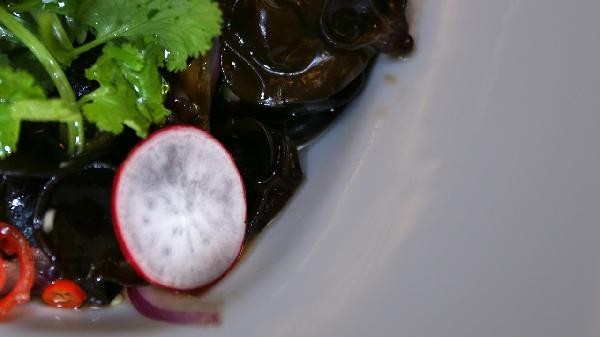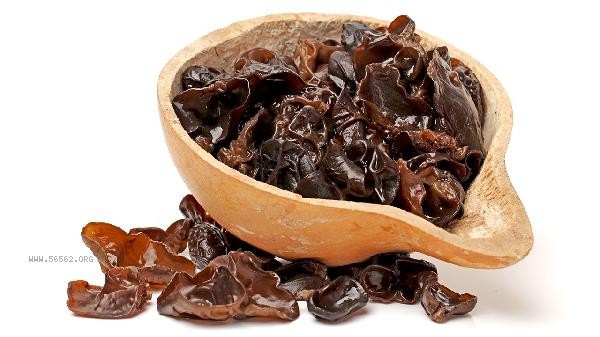The key to preserving black fungus is to control humidity and avoid mold growth. Methods such as dry sealing, refrigeration preservation, and regular inspection can be used.

1. Dry and sealed
Fresh fungus needs to be thoroughly dried for surface moisture, spread out and placed in a cool and ventilated place for natural air drying or treated with a food dryer. Dried black fungus should be placed in well sealed plastic bags or glass jars, with food desiccants added to absorb residual moisture. After sealing, it should be placed in a dark environment. Be careful to avoid using ordinary plastic bags or paper bags, as these materials are prone to moisture and mold growth.
2. Refrigerated Preservation
For short-term storage, dry fungus can be placed in the refrigerator compartment with a temperature controlled at around 4 ℃ to delay spoilage. If it is wet fungus after soaking, it needs to be drained of water and stored in a fresh-keeping box for refrigeration. It is recommended to consume it within 2-3 days. When refrigerated, it is necessary to isolate it from other fresh foods to prevent cross contamination, and it needs to be resealed after each use.
3. Frozen storage
Long term storage can be achieved by using the freezing method. Dry fungus can be divided into small portions and placed in a dedicated freezing bag. After venting the air, it can be sealed. After soaking, the fungus can be blanched, squeezed dry, and then packaged and frozen for 1-2 months. When in use, it can be taken directly without thawing, but repeated freezing and thawing can affect the taste. It is recommended to pack according to needs.

4. Regular Inspection
During storage, the condition of the fungus should be checked monthly. Dry fungus should be discarded immediately if it becomes soft, smelly, or moldy. During inspection, pay attention to whether there is condensation of water vapor inside the bag. If moisture is found, it needs to be re dried. During the hot and humid summer season, the inspection period should be shortened. Moldy fungus may produce toxins, and the moldy part should not be removed before continuing to consume.
5. environmental Control
The storage environment should maintain a temperature below 25 ℃ and humidity below 60%, avoiding high temperature and high humidity areas such as kitchen stoves. Dehumidifiers or air conditioners can be used to adjust indoor humidity, and bamboo charcoal bags can be placed in storage cabinets to prevent moisture during the rainy season. Stay away from strongly scented ingredients such as onions and garlic to prevent fungus from absorbing odors and affecting quality.

Before daily consumption of black fungus, it is necessary to soak it thoroughly and wash it thoroughly. It is recommended to soak it in cold water for 2-3 hours and change the water 1-2 times to remove impurities. The soaking time should not exceed 8 hours to avoid the growth of microorganisms. When cooking, it is necessary to heat it at high temperature until it is completely cooked, and for cold mixed fungus, it is necessary to blanch it in boiling water to sterilize it. Special populations such as those with weak digestive function should control their food intake and suspend intake if they experience discomfort such as bloating. Properly stored Auricularia auricula can retain most of its nutritional components, and its dietary fiber and glial components are beneficial for intestinal health. However, spoiled Auricularia auricula may pose food safety risks and must be strictly preserved according to storage standards.








Comments (0)
Leave a Comment
No comments yet
Be the first to share your thoughts!